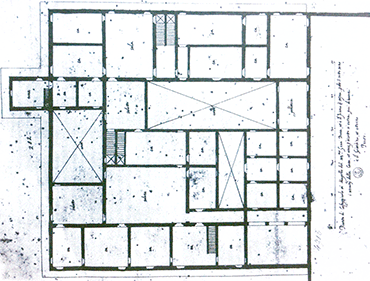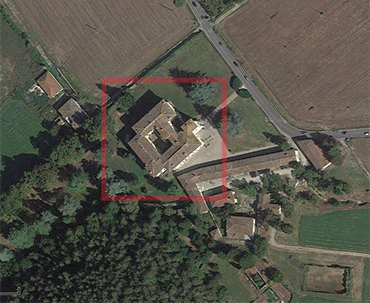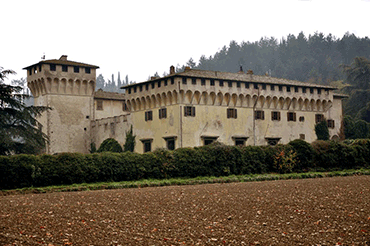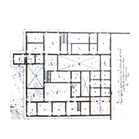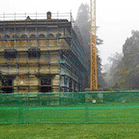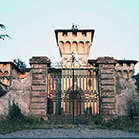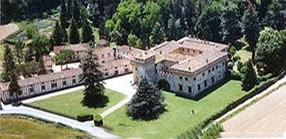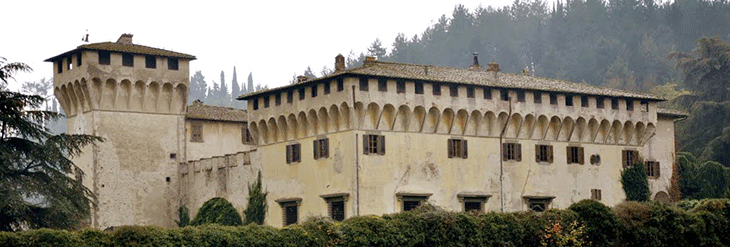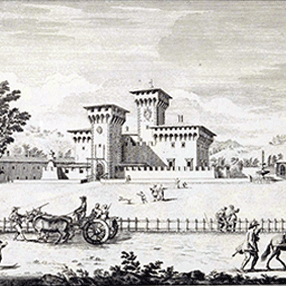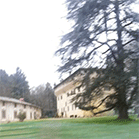Cerca
in Limen |
|
Villa Cafaggiolo |
Michelozzo |
|
La
facciata |
|
Maso
degli Albizi |
|
Stampa |
|
Intonaco |
|
Le pianta |
|
Credits |
info@limen.org |
 |
'Villa medicea | FI | sec XIV |
|
April
2015 |
. -. |
Cafaggiolo, historic Villa Medici and UNESCO site. An agreement between individuals and local authorities will upset the entire site: tourist development and new jobs, mega resort 82 suites. Restructuring and change of intended use also for the area of 'direct constraint'.The italian state is not interested in purchasing. "Uno habituro acto a fortezza posto in Mugiello nel popolo della pieve di S. Giovanni in Petroio luogho detto Chafagiuolo con fossato intorno" 1427 - Florentine Catasto di Averardo di Francesco di Bicci "Historic castle of the century. XIV, built in the 'forms of identity' of the Medici family of Florence in the heart of the Mugello on the road that connected Florence Bologna Emilia. The building, in the previous use of the site was a museum with guided tours Multilingual on Wednesday, Friday, Saturday and Sunday, also intended to gala dinners. But the complex of Cafaggiolo, Unesco site from 2013, is a particularly valuable asset: the site and the landscaping enjoyed with 360 hectares of land and fourteen houses, some of which are of special architectural and historical value, is a great deal for international operators. From here the deals and the final project: officially a "tourism development plan" to build a mega resort. The new ownership structure of the complex with the company Cafaggiolo Ltd. Alfredo Lowestein. A future all private decided along with local authorities; "A model of institutional collaboration." (L.b.c.) Iconographic source crucial to reconstruct the original appearance of the Medici villa and its garden is the bezel painted by Giusto Utens 1599. "An agreement between the public and private sectors, a model that will make school according to forecasts made in Italy in 2020, just do a census in the achievements of the last decade as the disposal of public assets of historical value. Tuscany, Province of Florence, the municipalities of Barberino di Mugello and San Piero a Sieve, Arno Basin Authority, MIBAC-Directorate General for the cultural heritage and landscape of Tuscany, sign a memorandum of understanding with the owner Company Ltd. represented Cafaggiolo Argentinean Alfredo Lowensteind. There is talk of a «model of institutional collaboration,»but the project is impressive: a private investment of 170 million Euros for an estate of 370 acres the Tuscan region welcomes and supports this model is the tourist development of the entire area. «The creation of a museum with cultural activities and the creation of a space for sports and leisure, through the recovery and redevelopment of the existing and, in part, new constructions, and expenditures for the redevelopment of the landscape 'area'» What will be the outcome of this project ? usability, access to the public, of the cultural heritage unhesco, will be guaranteed, or will be severely limited by new uses ? (L.b.c.) Aerial view of the complex Cafaggiolo, in Red Square at the heart of the villa-castle with the entranceway on the road 65. "The phenomenon of conversion of buildings into luxury resort is a theme deeply present and for the future of much of the cultural heritage of the beautiful country. Certainly is not in recent years, partly from a distance, by at least more than a decade. Comes to the forefront of public international law of Giulio Tremonti who established the company in 2002 and Heritage Infrastructure spa (Law no. 112/2002), who started the sale of the assets of the State Property including that of historical value. The repertoire reaches its highest expression in these years with the latest achievements of 2011-2015, accommodation of a high standard: Villa Tolomei (Florence) and the mega resort, during construction, the Medici villa of Cafaggiolo in Barberino del Mugello (Unesco site). First we try to distinguish some essential points for a correct reading. Testo tratto da "Il sonno della ragione genera Resort" - L. Pagnini "Is correct lawful to sell historic buildings, make a change of intended use to transform radically in hotels and apartments? Here goes introduced a central theme that the Italian laws - the most advanced in Europe - they give us as a precious reflection: the intended use compatible for a building of cultural value (Art 20 Legislative Decree no. 42 of 2004 New Code bb.cc . "The cultural heritage can not be destroyed, damaged or used for purposes that are not compatible with their historic or artistic or injurious to their conservation.) This is in effect the most controversial aspect, still debated between engineers and scholars, an evaluation that can seriously influence the fate of a good historic - artistic. Beware though the "intended use compatible", a definition so careful and semantically precise, is contemplated only by our national laws, not necessarily in the other states of Europe, let alone addition ocean where the transformation of existing buildings are particularly simplified and not require these insights. Attention all Italian so why we have legislation on the Preservation of the most advanced (but also among the most disregarded) World. Testo tratto da "Il sonno della ragione genera Resort" - L. Pagnini A - Eastern part of the Villa with scaffolding and crane service shipyard in the north. B-V iew of the yard under way with the scaffolding in the main facade towards the road 65 with the central tower entrance. "A fortune ? An Opportunity ? Should and could be, are particularly advanced tools, refined that maintain healthy building and keep it in its beauty and pleasure of 'work of art' were it not for the majority of cases the rules mentioned here are not applied, or applied partially or even circumvented by local authorities for reasons essentially economic interest and procedural convenience. However, this is a great opportunity, a serious reflection because the daughter of the historic "Bottai Law" of 1939 (Law 1089/39) mother of all subsequent legislation on Ben Italian Cultural and more generally of the 'Culture of Conservation' Italian , merged and implemented entirely by the New Code of cultural heritage. (Decree 42 of 2004 and subsequent amendments). "Because essentially it is so important to the intended use of a historic building ? Because from here depend on good or proper use of the well and above the future work, the possibility of having a good conservation or less. There is, in fact, only the intended use of the hotel (the most profitable) there are many other possible and practicable: Palace museum, library, newspaper library, study center, urban center, spaces for coworking.Dentro a Romanesque Baptistery poteremo certainly not thinking of obtaining a license for a Mc Donalds, as well as in the Renaissance courtyard of Palazzo Medici in Florence we can not handle a car park of the Prefecture, while inside the premises of the House of Apollonio Lapi, always in Florence, is not correct derive a mall if studies show that it is an early work by Brunelleschi of such importance as to represent the dawn of the Renaissance. So inside the Palazzo Ducale in Urbino is unthinkable, for sure, gain some luxury apartments even if they had a 'stellar value' on the international market." Testo tratto da "Il sonno della ragione genera Resort" - L. Pagnini Perspective of the north-east of Villa-Fortress Cafaggiolo, with the series of corbels that characterize the properties until the Villa Medici at Careggi in Florence. |
| . |
| . |
 |
 |
|
 |
 |
|
 |
 |
 |
 |
||



